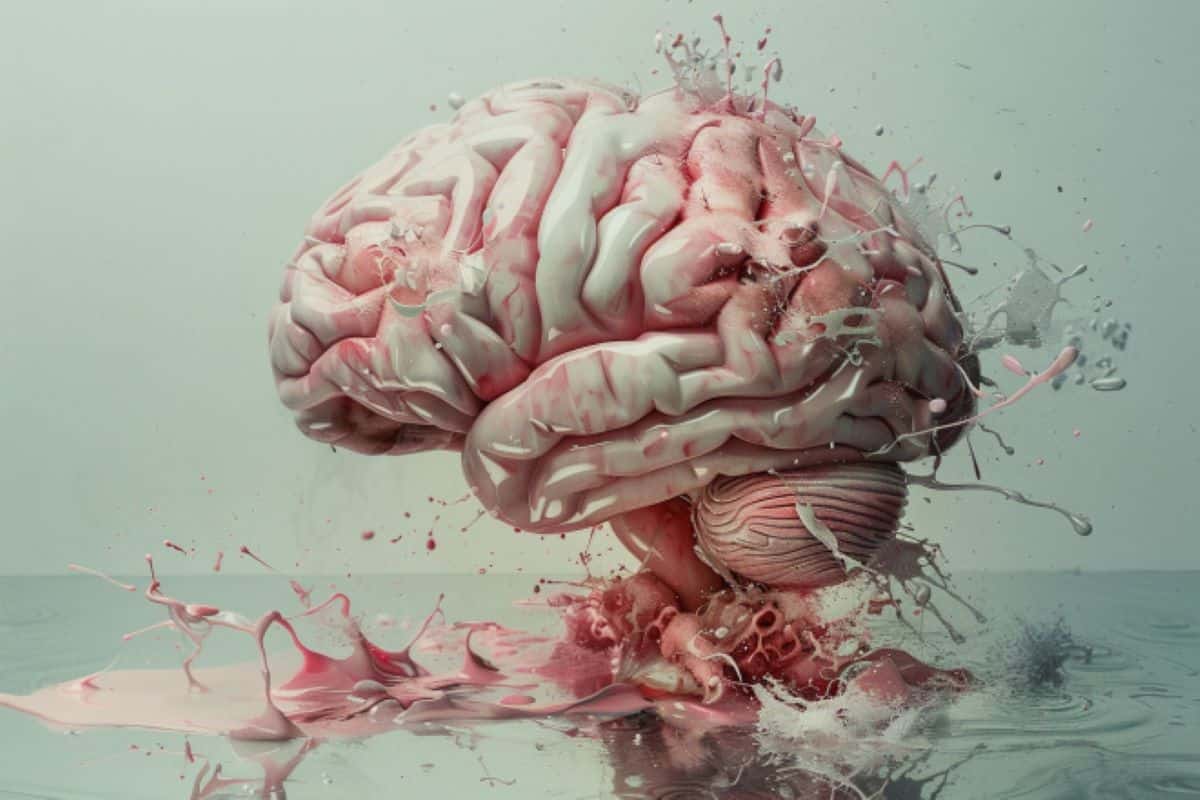What is your doctor's EXACT PRESCRIPTION to get neuroplasticity working for you. The key word there is EXACT, none of this guideline crapola!
Cartilage-Like Structures Key to Brain Plasticity
Summary: A new study highlights a novel mechanism of brain plasticity involving chondroitin sulfate clusters outside nerve cells. Researchers identified these cartilage-like structures as crucial for the brain’s ability to adapt and store information.
Through detailed examination and experiments, researchers found that these clusters, termed CS-6, are essential for synaptic organization and memory processes. The study not only revisits previously overlooked findings but also opens new avenues in understanding how synaptic changes contribute to learning and memory.
Key Facts:
- Crucial Role of Chondroitin Sulfates: Chondroitin sulfate clusters, known as CS-6, play a vital role in the structural and functional plasticity of synapses in the brain.
- Synaptic Plasticity and Memory: The presence of CS-6 is necessary for synaptic plasticity and spatial memory, as demonstrated through experimental manipulations in the hippocampus.
- New Perspective on Brain Function: This study suggests that synapses within CS-6 clusters can collectively respond to environmental stimuli, potentially forming a new substrate for information integration and memory processes.
Source: University of Trento
Neurons are important, but they are not everything. Indeed, it is “cartilage,” in the form of clusters of extracellular matrix molecules called chondroitin sulfates, located in the outside nerve cells, that plays a crucial role in the brain’s ability to acquire and store information.
The study, just published in the international journal Cell Reports, describes a new mechanism of brain plasticity, or how nerve connections change in response to external stimuli.
The work stems from a collaboration between the Harvard Medical School, the University of Trento, and the German Center for Neurodegenerative Diseases (DZNE) in Magdeburg.

“Sensory skills and the ability to understand our surroundings depend on the activity of the brain, which enables us to perceive and process stimuli that come from the outside world.
“Through our brains, we are able to acquire and store new information and to remember information we have already acquired.
“This fascinating phenomenon is made possible by the brain’s ability to continuously change the structure and effectiveness of neuronal connections (synapses) in response to external stimuli.
“An ability that goes by the name of synaptic plasticity. Understanding how synaptic modifications occur and how they contribute to learning and memory is one of the great challenges in neuroscience,” comments Yuri Bozzi, professor at the University of Trento and co-senior author, and Gabriele Chelini, the first author of the study.
Chelini, who worked on this project starting in 2017, as a postdoctoral fellow in the lab directed by Sabina Berretta (McLean Hospital and Harvard Medical School, Boston), and completed the scientific publication during his years as a postdoctoral fellow in Bozzi’s lab at the University of Trento.
The working method
At the center of the research are chondroitin sulfates, molecules well known for their role in joints, which also play a crucial function in brain plasticity, being an integral part of the brain’s extracellular matrix, as was originally discovered in 2001 by Dr. Alexander Dityatev’s group.
In 2007, a Japanese study had described the presence of clusters of chondroitin sulfates, circular in shape, scattered seemingly randomly in the brain.
This work had slipped into oblivion, however, until Sabina Berretta’s translational neuroscience laboratory brought these structures back to the attention of the scientific community, renaming them CS-6 clusters (from chondroitin sulfate-6, which identifies their precise molecular composition) and demonstrating how these structures were associated with glial cells and were severely reduced in the brains of people with psychotic disorders.
In 2017 then, Gabriele Chelini, newly hired in Berretta’s lab, was tasked with revealing the function of these clusters.
“First we went to explore these structures in detail, visualizing them at very high resolution. We found that they are essentially clusters of synapses coated with CS-6 and organized in a clearly recognizable geometric shape. We then highlighted a new type of synaptic organization,” the scholars recount.
“At this point we had to use some ‘experimental creativity’; with a combination of behavioral, molecular and refined morphological approaches, we realized that these connections encapsulated in CS-6 clusters change in response to electrical activity in the brain.”
“Finally, through collaboration with Alexander Dityatev at DZNE Magdeburg, and the efforts of Hadi Mirzapourdelavar from his group, we attenuated the expression of CS-6 in the hippocampus (the region of the brain responsible for spatial learning), and demonstrated that the presence of CS-6 is necessary for synaptic plasticity and spatial memory,” Bozzi and Chelini point out.
The study offers, therefore, a major contribution.
“This work paves the way for a new way of thinking about brain functioning. It is possible that all synapses formed on different neurons within CS-6 clusters have the ability to respond chorally to specific environmental stimuli, and are involved in a common function aimed at learning and memory processes,” they note.
“They seem to represent a new substrate of information integration and association formation at the multicellular level,” add Dityatev and Berretta.
The work is the result of a collaboration between several laboratories, including the translational neuroscience laboratory (Sabina Berretta; McLean Hospital – Harvard Medical School, Boston), the neurodevelopmental disorders research laboratory (Yuri Bozzi; CIMeC – Centro Interdipartimentale Mente/Cervello, University of Trento) and the Molecular Neuroplasticity laboratory (Alexander Dityatev; DZNE Magdeburg).
About this neuroplasticity research news
Author: Alessandra Saletti
Source: University of Trento
Contact: Alessandra Saletti – University of Trento
Image: The image is credited to Neuroscience News
Original Research: Open access.
“Focal clusters of peri-synaptic matrix contribute to activity-dependent plasticity and memory in mice” by Yuri Bozzi et al. Cell Reports
No comments:
Post a Comment